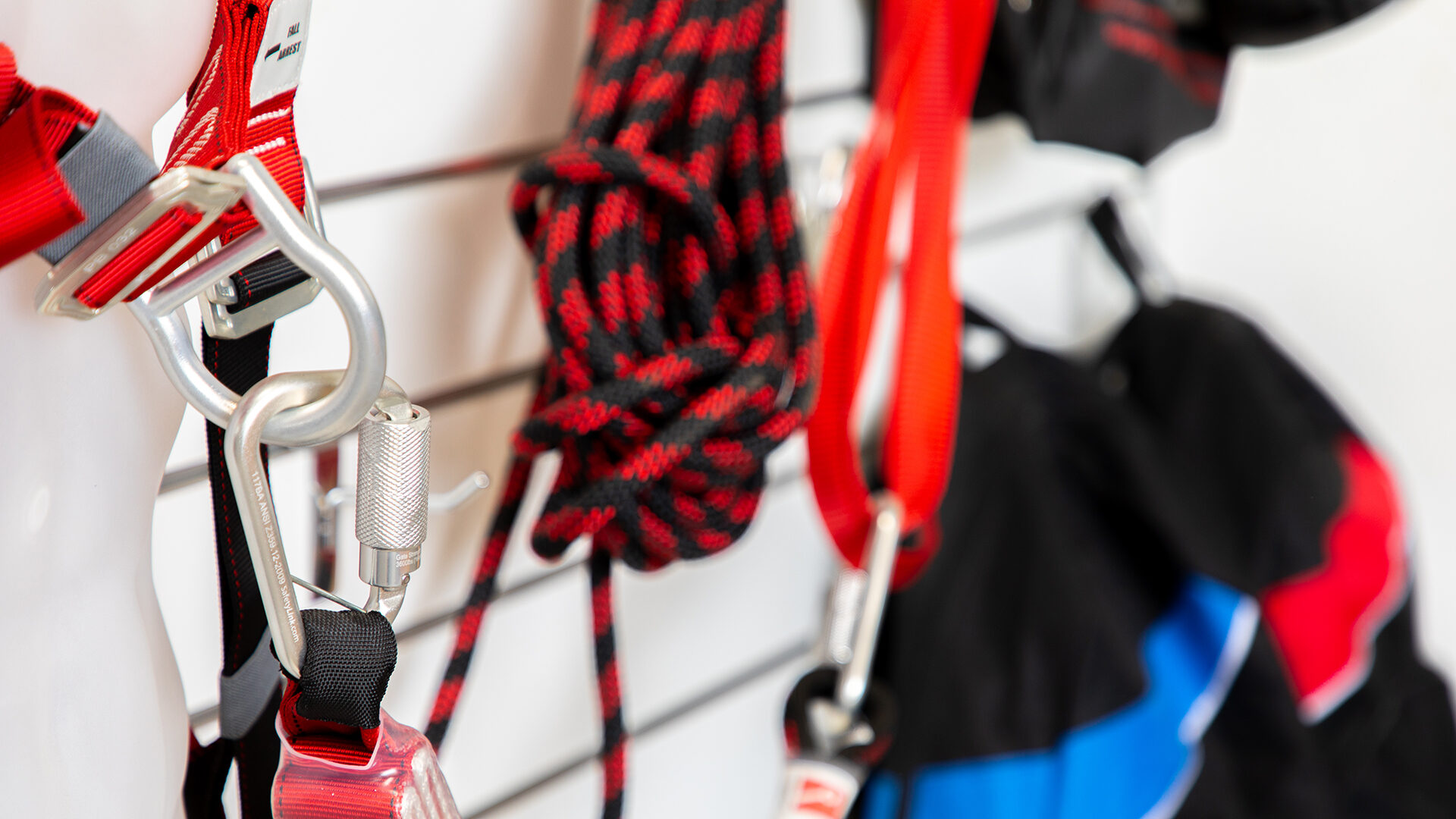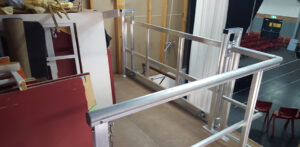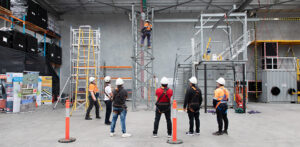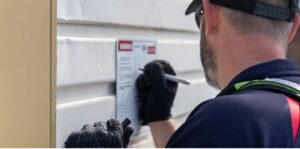Personal protective equipment (PPE) is an important part of any worker’s safety plan. Ensure that you have the safety equipment you need before starting work.
As we have discussed in earlier posts, personal protective equipment (PPE) is the control of last resort when it comes to protecting people at work. It sits at the bottom of the hierarchy of controls and should only be considered once all other control measures have been worked through.
That said, it does not mean that PPE can be given a minimal amount of thought or consideration. In fact, as it is generally the last line of defence – standing between a worker and a potential injury – it is critical that workers always make sure they have the correct equipment with them before they start work.
Here are a couple of simple steps that workers can follow to help make sure they have the right gear with them to complete the job safely before work starts.
Consider what needs to be done, and where
The first step is taking a moment to consider what work is going to be done and the location or environment it is going to be done in.
Are power tools going to be used? Will material be cut? Is grinding involved? Are there hazardous substances that need to be used?
Is the work being conducted at height? Or in a confined space? What is the work area like? Is it a controlled space or will people not involved in the work be able to access it?
Complete a risk assessment
Once what work is going to be completed, and where it is going to be completed has been identified, the next step is to complete a risk assessment.
The risk assessment should identify the hazards that exist with both the work and the location, how likely that hazard is to occur, and the severity of an incident should it occur.
Refer to the safe work method statement
A safe work method statement (SWMS) is a document that outlines the controls that are to be used to mitigate the safety risks at a workplace or on a work site.
The SWMS can refer to a number of different controls from across the hierarchy of controls, from elimination of the risk through to the use of PPE.
For instances where PPE is the prescribed control, the SWMS will outline what PPE should be used to assist in mitigating each different risk.
Check the rescue plan
While risk assessments and SWMS documents work towards preventing an accident occurring in the first place, the reality is that there must also be a plan for what to do when things go wrong.
The realities of completing high-risk work or working in a high-risk environment cannot be ignored.
Part of ensuring a worker has the correct PPE is making sure they also have the equipment needed to perform a rescue efficiently and effectively should the need to do so arise.
Check what tools are going to be used
One aspect of workplace safety that can easily be forgotten is making sure that the correct safety equipment will be needed when using certain tools.
Tools themselves can often require their own PPE, like tool tethers, to protect others against the risks of injury result from their being accidentally dropped or knocked off a working at height area.
Get PPE that is right for both the job and for you
While it is important to have the correct PPE for the job, it is equally important that the PPE be comfortable, easy to use and suitable for the worker as well.
The team at Height Safety Engineers are the experts in helping workers and work teams find the right gear for the job. Appointments to try before you buy on several popular PPE pieces can be made by calling 1300 884 978 or emailing enquiries@heightsafety.net.





